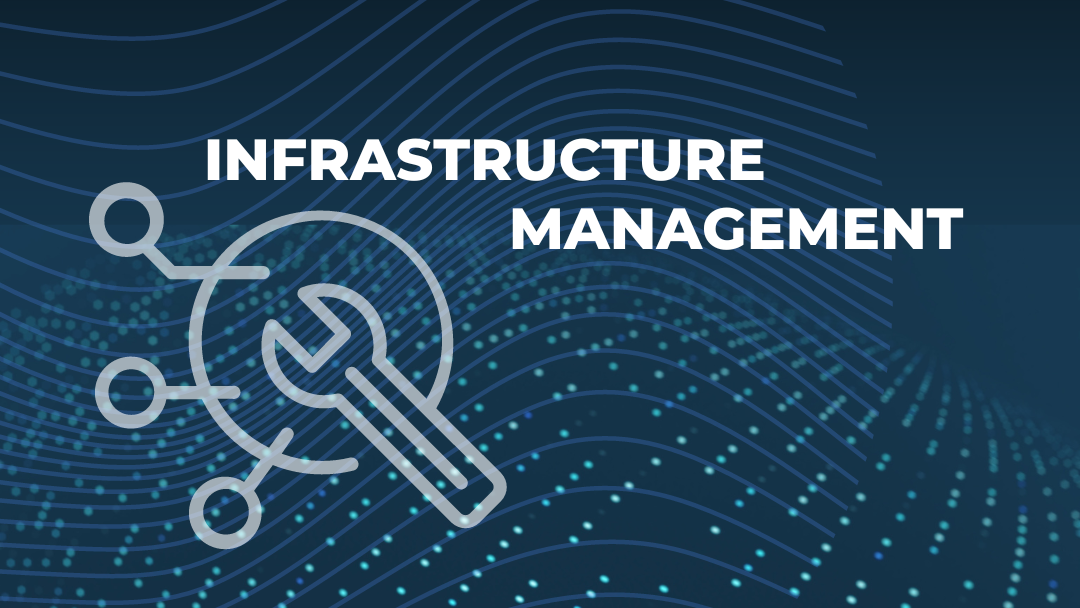Chef – How to manage your Infrastructure?

In today’s technologically advanced landscape, the need for robust and flexible IT infrastructure management cannot be overstated. As the scale and complexity of digital ecosystems grow, so too does the demand for tools that can handle these challenges effectively. Enter Chef – a powerful, open-source automation tool that brings a whole new level of proficiency to infrastructure management.
Why Chef?
Chef serves as the ideal tool for managing and automating various aspects of an organisation’s IT infrastructure. By utilising the power of Chef, businesses can gain complete control over their system configurations, enabling them to seamlessly categorise, inventory, and manage servers. But it doesn’t stop there. Beyond these capabilities, Chef offers a slew of functionalities that make it a go-to choice for administrators worldwide.
Efficient Server Cataloging with Chef
Chef shines in its ability to systematically catalog and categorize servers. In the face of expanding IT infrastructures, maintaining a manual tally of every server becomes increasingly challenging. Chef offers an automated, efficient solution for server inventory management.
Chef’s customization capabilities let organizations structure their server lists according to specific needs, be it based on location, functionality, or application type. Complemented by Chef’s powerful search function, locating specific server sets becomes simple and quick.
Broad and Specific Scripting Simplified by Chef
Beyond inventory management, Chef excels in executing scripts across an entire infrastructure or a specific server set. The Chef language, or “recipes,” are written in Ruby, empowering administrators to harness the full potential of this dynamic programming language.
Whether deploying blanket scripts for server state maintenance or executing targeted commands for specific subsets, Chef is the tool for the job. The ability to write recipes once and run them on any number of servers, irrespective of their underlying platforms, saves significant time and resources.
Seamless Server Bootstrapping, Provisioning, and Decommissioning with Chef
Scaling operations can be time-consuming and prone to errors. Chef automates these tasks, ensuring quick and accurate server setup and decommissioning.
Bootstrap operations, such as setting up a basic system on a server, are effortlessly automated with Chef. It defines an entire server lifecycle—from initial setup through ongoing management to final decommissioning—thereby assuring a consistent and repeatable process.
When it’s time to decommission a server, Chef aligns this process with best practices, thereby saving time and avoiding potential security risks.
Chef Automation: Redefining IT Operations
In IT, automation is king. Tasks automated with Chef are reliable, efficient, and less susceptible to human errors. From server setup and configuration management to decommissioning, Chef automates tasks across the infrastructure.
But Chef’s automation is not just about running scripts; it’s about defining and maintaining desired states. Chef ensures the system adheres to the defined state until instructed otherwise. Any configuration deviation is automatically corrected by Chef.
Chef’s Advanced Disaster Recovery and Configuration Drift Management
Unexpected disasters or configuration drifts can pose significant challenges in IT infrastructure management. Chef offers an advanced layer of protection with its disaster recovery capabilities and configuration drift management. It allows organizations to revert to a prior known state or correct configuration drifts effortlessly.
The idempotent nature of Chef, where multiple applications of the same configuration yield the same result as a single application, ensures consistency across the infrastructure, enhancing disaster recovery, improving uptime, and offering peace of mind to IT teams.
Embracing ‘Infrastructure as Code’ with Chef
Chef introduces the concept of ‘Infrastructure as Code’ (IAC). This approach changes the infrastructure management paradigm by treating infrastructure configurations like application code.
Chef facilitates the creation, testing, and deployment of configurations in the same way application code is managed. This brings the benefits of version control, collaboration, and standardization to infrastructure management, simplifying complex configurations into manageable, version-controlled code.
Chef’s Integration Capabilities
Chef’s prowess in infrastructure management is amplified by its ability to integrate with other DevOps tools. It functions seamlessly with multiple platforms, including cloud providers and virtualization platforms, and can integrate with popular DevOps tools like Jenkins and Docker.
This integration enhances continuity and synergy between development and operations, simplifying application maintenance and deployment, thereby creating more efficient workflows and less manual labor for DevOps teams.
Conclusion
In conclusion, Chef brings simplicity, consistency, and power to infrastructure management. Its advanced features, combined with the transformative ‘Infrastructure as Code’ approach and integration capabilities, make Chef an indispensable asset for modern IT teams. By harnessing Chef, organizations can elevate their infrastructure management, ensuring stability, efficiency, and scalability for their systems.